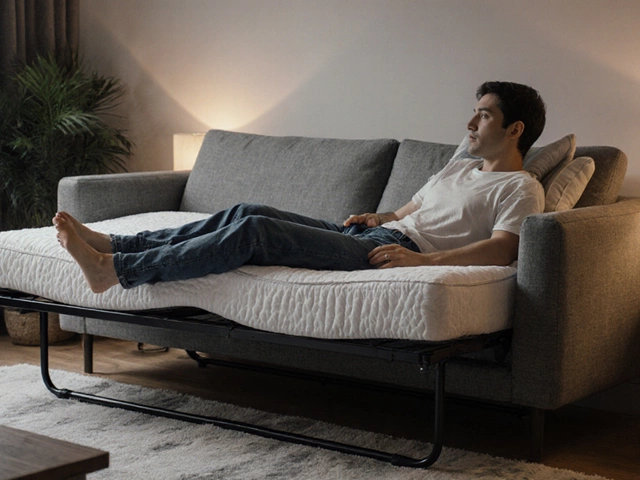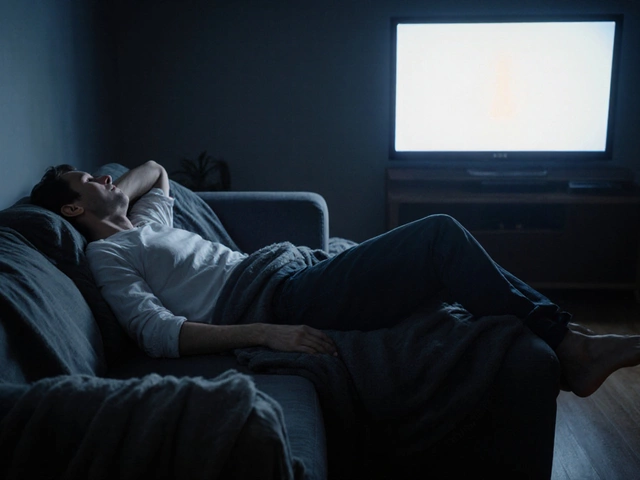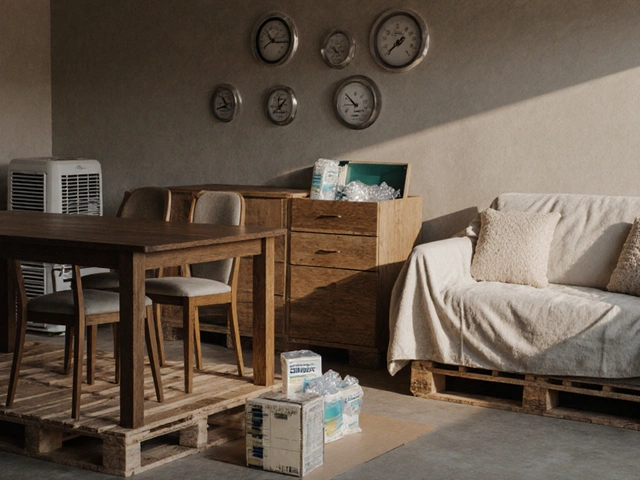Senior Recliner Benefits – Comfort, Health & Independence for Older Adults
When talking about Senior Recliner Benefits, the specific advantages that recliner chairs bring to older adults, such as better posture, easier movement, and reduced pain. Also known as elderly recliner advantages, this concept links directly to everyday well‑being. Another key idea is Ergonomic Design, features like lumbar support and adjustable footrests that match the body’s natural curves, often called comfort engineering. Finally, Mobility Support, the way a recliner helps seniors get in and out of a seat with minimal effort (sometimes referred to as movement assistance) sets the stage for a healthier lifestyle.
Why ergonomics matter for seniors
Ergonomic design isn’t just a buzzword; it’s a practical solution to common age‑related issues. Proper lumbar support eases lower‑back strain, which many seniors experience after years of sitting on flat chairs. Adjustable headrests keep the neck aligned, reducing headaches and improving sleep quality for those who nap in their recliner. When the seat angle can be tilted, blood circulation improves, lowering the risk of swelling in the legs and feet. In short, a well‑engineered recliner turns a simple piece of furniture into a health‑boosting tool.
Beyond back and neck relief, ergonomics also tackles joint pain. Many seniors live with arthritis in the hips or knees. A recliner that lifts the footrest and cushions pressure points lets users extend their legs without forcing the joints. This gentle stretch can increase range of motion and make daily activities—like getting up to answer the door—feel less daunting. The result is a chair that supports independence rather than limiting it.
Another ergonomic perk is the built‑in safety feature of lockable positions. When a recliner can lock in an upright or partially reclined stance, seniors can sit up quickly if they feel dizzy, reducing the chance of falls. This safety net is especially valuable for people on medication that may cause sudden drops in blood pressure. A recliner that integrates these safeguards becomes a trusted companion in the living room.
Material choice also ties into ergonomics. Breathable fabrics prevent heat buildup, which can aggravate skin conditions common in older adults. Meanwhile, high‑density foam retains its shape longer, ensuring the seat continues to support the body correctly over years of use. These details may seem minor, but they collectively shape how beneficial a recliner is for senior health.
When you combine ergonomic design with mobility support, the overall impact multiplies. A recliner that gently lifts the user into a standing position removes the need for a separate lift chair, saving space and money. This dual function addresses two core concerns: comfort while seated and assistance when standing. For many seniors, that means fewer trips to the doctor and a higher quality of life.
Mobility support isn’t limited to the act of getting up. Adjustable footrests also help with circulation by raising the legs slightly, which can reduce swelling after long periods of sitting. This simple elevation encourages venous return—the flow of blood back to the heart—and can lower the risk of varicose veins or blood clots. For seniors who spend a lot of time reading or watching TV, these subtle benefits add up over weeks and months.
Another aspect of mobility support is the ease of moving the recliner itself. Modern recliners often feature lightweight frames or swivel bases, making it simpler to reposition the chair for social gatherings or to accommodate caregivers. This flexibility means the recliner stays useful as the home layout changes, extending its lifespan and value.
Beyond physical health, senior recliner benefits touch emotional well‑being. A comfortable, supportive chair encourages relaxation, which can lower stress and improve mood. Knowing that a piece of furniture is tailored to personal needs can boost confidence, especially for those who worry about falling or experiencing pain. This sense of security translates into more willingness to engage in hobbies, entertain guests, or simply enjoy a quiet evening.
Finally, senior recliner benefits have practical financial angles. Investing in a recliner with strong ergonomic features can reduce medical expenses related to back and joint problems. Many insurers recognize the preventative value of such furniture, sometimes offering rebates or tax deductions for home modifications that improve accessibility. So the upfront cost can pay off over time through healthier living and lower healthcare bills.
All these points—ergonomic design, mobility support, health improvements, safety features, and financial sense—show why senior recliner benefits are more than a luxury. They’re a smart, everyday solution for aging in place comfortably and safely. senior recliner benefits are the thread that ties together comfort, independence, and well‑being for older adults.
Below you’ll find a hand‑picked collection of articles that dive deeper into specific topics mentioned here—sleeping in a recliner, choosing the right upholstery, safety tips, and more. Each post offers practical advice you can apply right away, whether you’re shopping for a new chair or looking to get the most out of the one you already own.
Medicare Recliner Coverage: What Seniors Need to Know
Find out if Medicare pays for recliners, the medical criteria, step‑by‑step claims process, alternatives, costs, and tips to get coverage.





